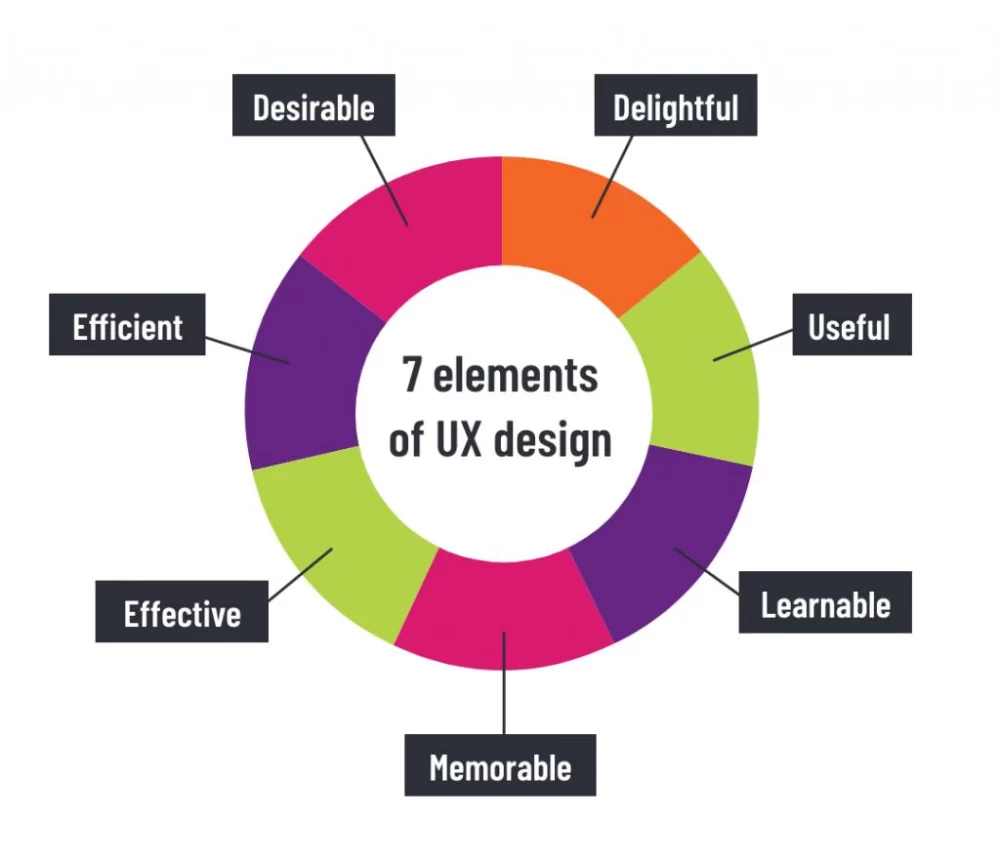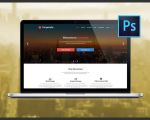
Why Website Design Matters for Success
When it comes to building a website, the design is everything. It’s the first thing people see, and often the only chance you get to make a lasting impression. But effective website design isn’t just about looking pretty; it’s about creating a seamless, user-friendly experience that encourages visitors to stay, explore, and convert into customers. Let me take you through the essential elements that make a website design effective, and how each one contributes to overall success.
The Importance of a Clear Structure and Navigation
Imagine walking into a store with items scattered all over the place. You wouldn’t know where to look or where to find what you need. That’s how users feel when they visit a website with a confusing structure or hard-to-find navigation. A website needs to be well-organized with clear navigation paths that guide the user naturally to what they’re looking for. Having intuitive menus, well-labeled buttons, and a consistent layout makes all the difference.
I remember when I first launched my online store. I put a lot of effort into making the site look appealing, but the structure was a mess. Visitors complained that they couldn’t find products easily. Once I revamped the navigation and improved the site’s structure, sales skyrocketed. It taught me that no matter how good the visuals are, if the structure is unclear, users will bounce off in frustration.
Key Elements of Navigation
- Clear and concise menu options
- Search functionality for easy access
- Breadcrumb navigation to show user path
- Consistent layout across all pages
Responsive Design for Mobile Users
With the rise of smartphones and tablets, it’s more important than ever to make sure your website is responsive. A responsive website adjusts its layout based on the device’s screen size, ensuring that visitors get a seamless experience whether they’re browsing on a desktop, tablet, or phone. Studies show that over half of all web traffic now comes from mobile devices. If your website isn’t optimized for mobile, you’re losing out on a huge chunk of potential traffic.
When I first started my website, I didn’t prioritize mobile optimization, assuming everyone would access it from a computer. That was a big mistake! Once I implemented a responsive design, the number of mobile visitors increased significantly, and the bounce rate dropped. It's a simple step that can massively improve your website’s effectiveness.
What Makes a Website Responsive?
- Flexible grid layouts that adapt to different screen sizes
- Scaled images that load fast and don’t slow down the page
- Touch-friendly navigation on mobile
- Fast loading times, even on mobile networks
Optimizing for Speed: A Must for User Retention
Site speed is another critical factor that can make or break the user experience. Studies show that even a one-second delay in page loading time can result in a significant drop in conversions. Users expect websites to load quickly, and if your site is slow, they’re more likely to leave before it even finishes loading.
One of the best decisions I made was investing in website speed optimization. By compressing images, minifying code, and utilizing a content delivery network (CDN), I saw a drastic improvement in load times. This led to lower bounce rates and higher user engagement. Plus, Google rewards fast websites with better rankings, so improving your site’s speed is a win-win!
How to Improve Website Speed
- Compress large images and use modern file formats (like WebP)
- Minify JavaScript, CSS, and HTML files
- Leverage browser caching
- Use a content delivery network (CDN)
SEO Optimization for Visibility
No matter how beautiful your website is, if it doesn’t show up in search results, it’s virtually invisible to your audience. Search Engine Optimization (SEO) plays a huge role in getting your website noticed. An optimized website ensures that search engines like Google can understand what your site is about and rank it higher for relevant search queries.
In the early days, I underestimated the power of SEO. I focused too much on aesthetics and didn’t give enough attention to keyword optimization, meta descriptions, and alt texts. Once I started integrating SEO best practices into my site’s design, I saw a significant increase in organic traffic. SEO isn’t just a one-time task; it’s an ongoing effort to ensure that your site continues to rank well in search engines.
Key Aspects of SEO for Websites
- Optimizing title tags, meta descriptions, and headers
- Incorporating relevant keywords throughout the content
- Optimizing images with descriptive alt text
- Building quality backlinks from reputable sources
- Ensuring mobile optimization for better rankings
Building Trust with Design and Content
Trust is the foundation of any successful website. If your website feels unprofessional or lacks credibility, visitors are less likely to convert into customers. Building trust comes down to a combination of design and content. High-quality images, clear contact information, testimonials, and user reviews all play a role in fostering trust with your audience.
One of my early mistakes was not showcasing enough proof of my product's quality. Once I added customer testimonials and trust badges to my site, conversions improved. People like to know that others have had positive experiences before they make a purchase. Trust-building elements are a simple but powerful way to boost your website’s credibility.
Elements That Build Trust
- Customer testimonials and reviews
- Trust badges (secure payment options, privacy policies)
- Clear contact information and customer support
- High-quality images and professional design
Conclusion: Putting It All Together
Effective website design isn’t just about making a site look good; it’s about providing a seamless, enjoyable experience that encourages users to stay longer, engage with your content, and ultimately convert into customers. By focusing on clear structure and navigation, responsive design, speed optimization, SEO, and trust-building elements, you’ll create a website that stands out and performs well in both user experience and search engine rankings. Remember, website design is an ongoing process, and by staying updated with best practices, your site will continue to evolve and thrive.








